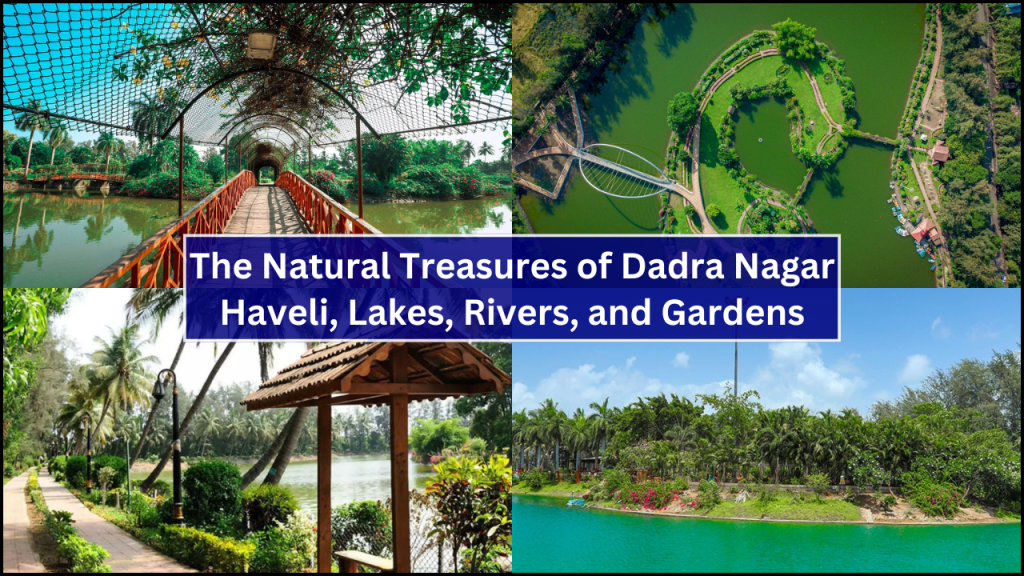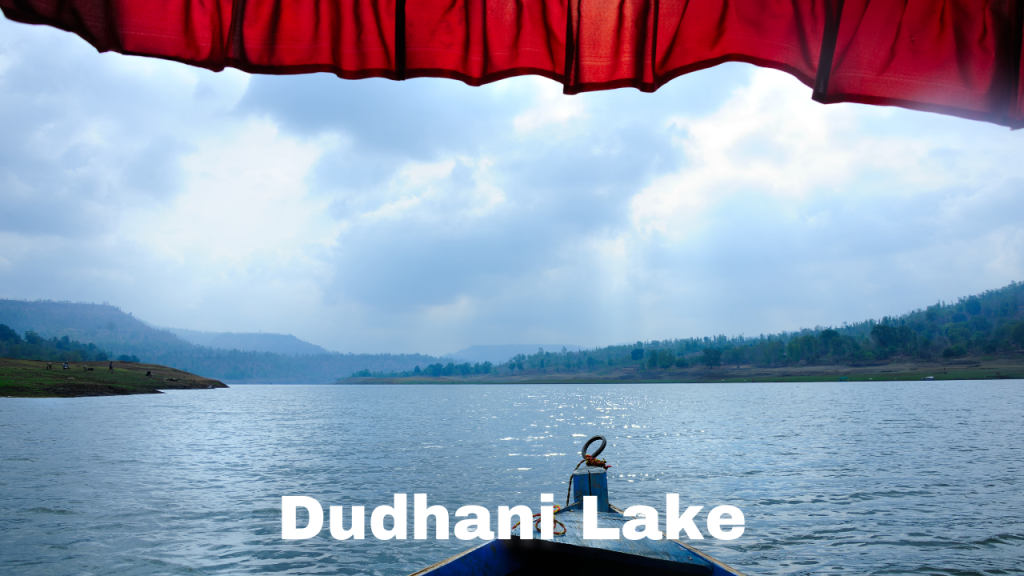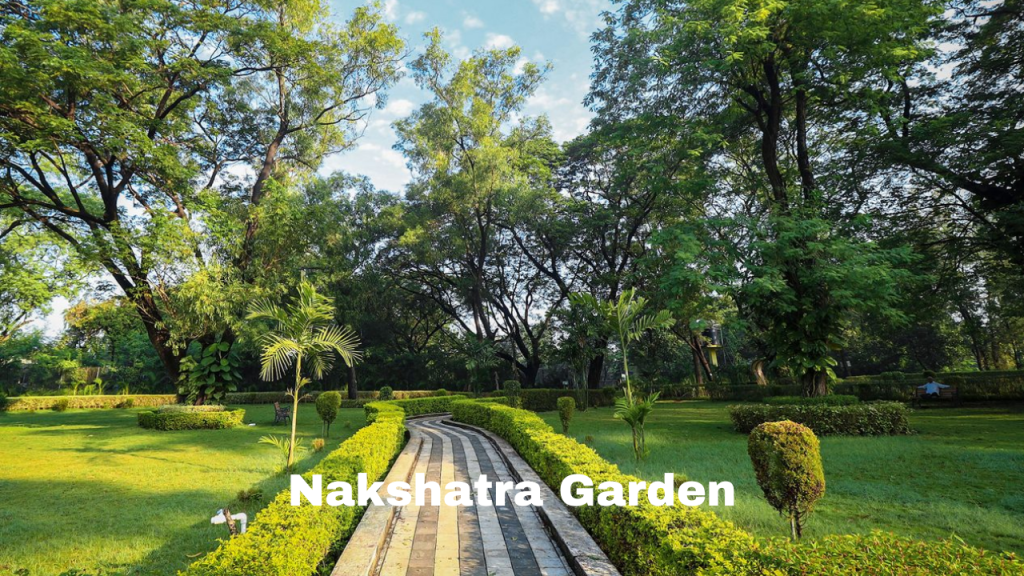
Nestled in the western part of India lies the union territory of Dadra and Nagar Haveli (DNH), a place of remarkable natural beauty often overlooked by mainstream tourists. This small region, once a Portuguese enclave, has transformed into a hidden paradise for nature lovers and those seeking quietness away from disturbance city life. Three of its most captivating attractions—Dudhani Lake, Daman Ganga River Front, and Nakshatra Garden—offer visitors the perfect blend of scenic landscapes, recreational activities, and cultural experiences.
Dudhani Lake

Dudhani Lake stands as one of DNH’s most treasured natural wonders. Surrounded by the gentle slopes of the Sahyadri ranges, this artificial lake creates a picture-perfect setting that captivates visitors year-round. The lake was formed by damming the Dudhani River, creating not only a beautiful tourist spot but also serving important purposes like irrigation and water supply to nearby areas.
The crystal-clear waters of Dudhani Lake reflect the blue skies and lush greenery around it, making it a photographer’s delight. The lake stretches across a vast area, creating a soothing panorama that immediately helps visitors forget the stress of everyday life. The gentle breeze carrying the earthy fragrance of surrounding forests adds to the sensory experience.
Boating remains the most popular activity at Dudhani Lake, with various options available to suit different preferences. Visitors can choose between peaceful paddle boats for a romantic experience, speedboats for those seeking a bit of adventure, or larger boats for family outings. Gliding across the calm waters while taking in views of the surrounding hills creates memories that last a lifetime.
The lake’s shores serve as perfect picnic spots where families and friends gather to enjoy meals in the lap of nature. The grassy areas under shade trees provide comfortable spaces to spread out blankets and spend quality time together. Many visitors bring packed lunches, while others enjoy snacks from the small food stalls that dot the area.
Wildlife enthusiasts find Dudhani Lake particularly rewarding as the lake and its surroundings attract various bird species. Early mornings are ideal for birdwatching, with kingfishers, herons, and various migratory birds making appearances depending on the season. The quiet environment makes it easier to spot these feathered visitors.
The authorities have developed the area with visitors’ comfort in mind, adding benches at strategic viewpoints, clean restroom facilities, and proper pathways. Despite these additions, Dudhani Lake maintains its natural charm without feeling overly commercialized.
Daman Ganga River Front

The Daman Ganga River flows majestically through DNH, and in recent years, the administration has developed its banks into a beautiful riverfront area that serves as both a recreational space and an ecological preservation effort. The Daman Ganga River Front has quickly become a favorite evening destination for locals and tourists alike.
Stretching for several kilometers along the river, this well-planned space features neatly paved walking paths that allow visitors to enjoy slow trips beside the flowing water. Tall trees line these paths, providing welcome shade during daytime visits and creating a tunnel-like effect that adds to the area’s charm. Benches placed at regular intervals invite people to sit and watch the river’s gentle flow.
The riverfront comes alive particularly during evenings when families emerge for their daily walks and social gatherings. The setting sun casts a golden glow over the water, creating a magical atmosphere that draws photographers and nature lovers. Street lamps illuminate the area after dark, allowing visitors to enjoy the space well into the evening hours.
Children especially enjoy the riverfront’s open spaces and specially designed play areas. The combination of natural beauty and recreational facilities makes it an ideal family destination. Young ones can play safely while adults relax nearby, enjoying the peaceful ambiance.
For those interested in local culture, the riverfront occasionally hosts cultural events and small festivals that showcase the region’s traditional arts, music, and cuisine. These events provide visitors with a deeper understanding of DNH’s cultural heritage while enjoying its natural beauty.
What makes the Daman Ganga River Front special is how it balances development with environmental conservation. The project has incorporated native plants in its landscaping, created protected zones for riverine ecosystems, and included educational elements that inform visitors about the river’s ecological importance to the region.
Nakshatra Garden

Perhaps the most unique of DNH’s attractions is the Nakshatra Garden, a space that beautifully blends ancient astrological wisdom with botanical science. This themed garden is designed around the concept of the 27 nakshatras or lunar mansions of Hindu astrology, creating a space that is both educational and aesthetically pleasing.
The garden is divided into 27 segments, each representing a different nakshatra and featuring plants traditionally associated with that particular star constellation. This thoughtful organization creates a living encyclopedia of plant life, with clear signs explaining the significance of each species and its connection to celestial bodies.
Walking through Nakshatra Garden is like taking a journey through the cosmos via the plant world. Visitors born under different star signs often seek out their corresponding section to see which plants are associated with their birth nakshatra. This personal connection adds an engaging element to the botanical experience.
The garden’s layout features well-maintained pathways that wind through various sections, with resting areas strategically placed to allow visitors to sit and absorb the peaceful surroundings. Fountains and small water features add a soothing soundtrack to the experience, while carefully placed sculptures related to astronomical themes enhance the garden’s unique character.
Beyond its astrological theme, Nakshatra Garden serves as an important conservation space, preserving various native plant species, including some medicinal plants that have been used in traditional Ayurvedic practice for centuries. Information plaques provide visitors with insights into these traditional uses, creating an educational experience alongside the recreational one.
The garden is particularly beautiful during early mornings when dew drops cling to leaves and flowers, creating a sparkling effect as sunlight filters through the tree canopy. Evening visits have their own charm, especially on clear nights when the actual stars become visible above their botanical counterparts below.



